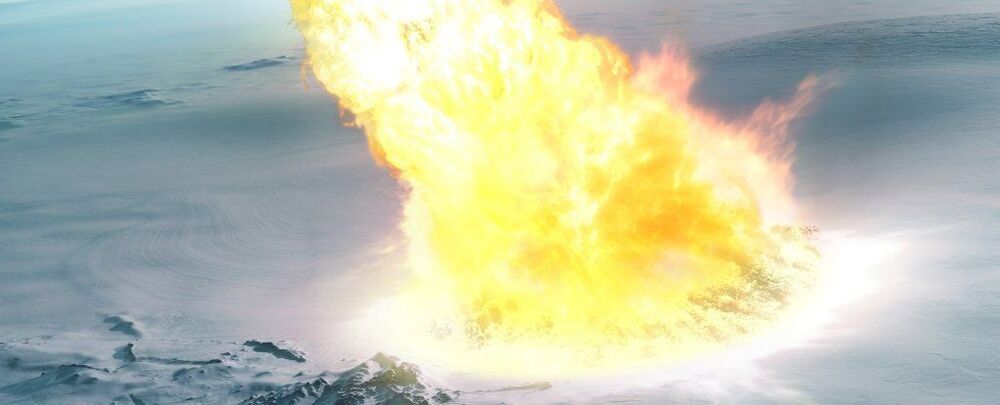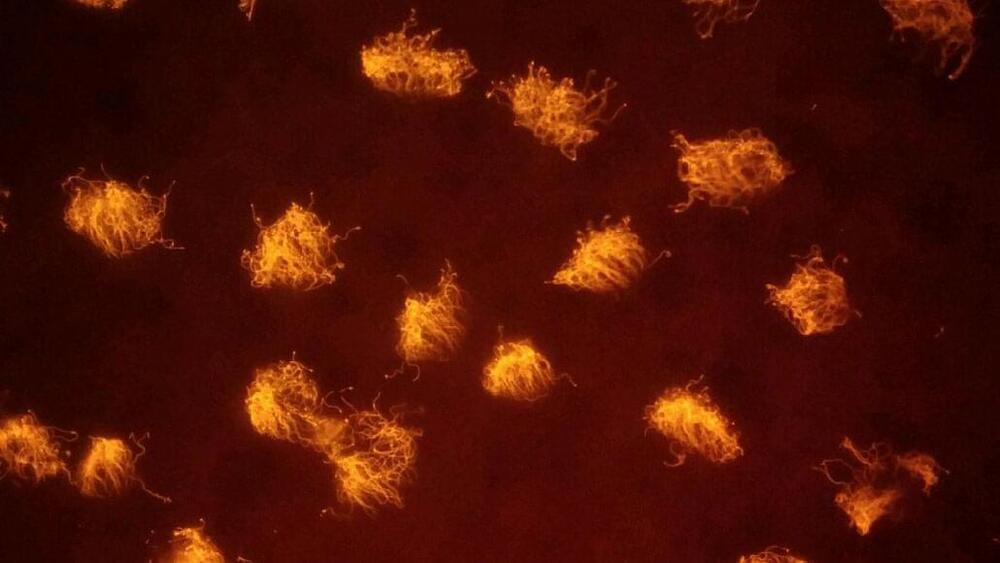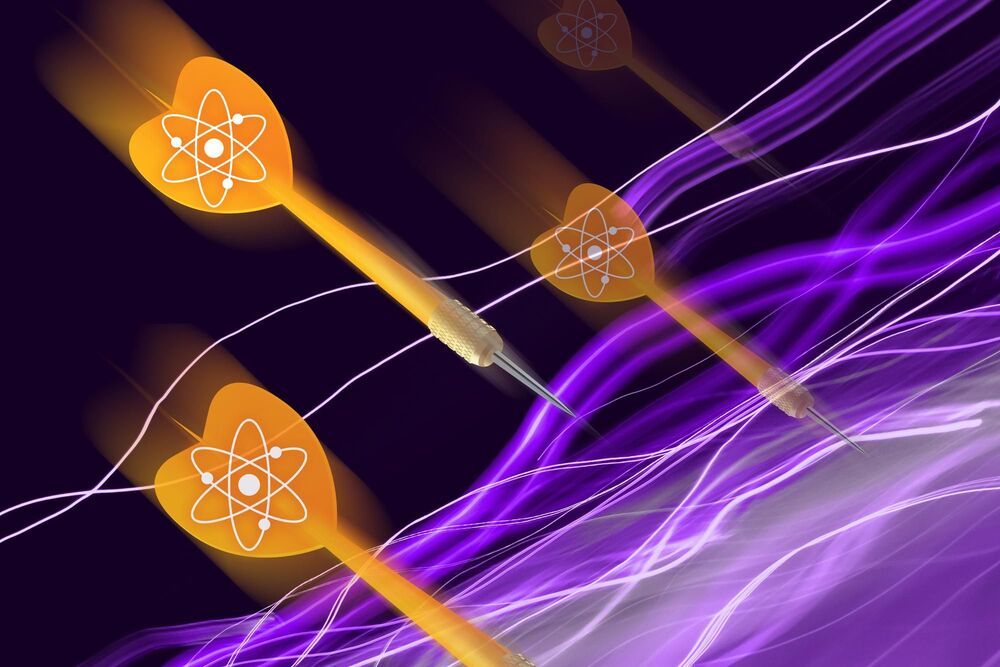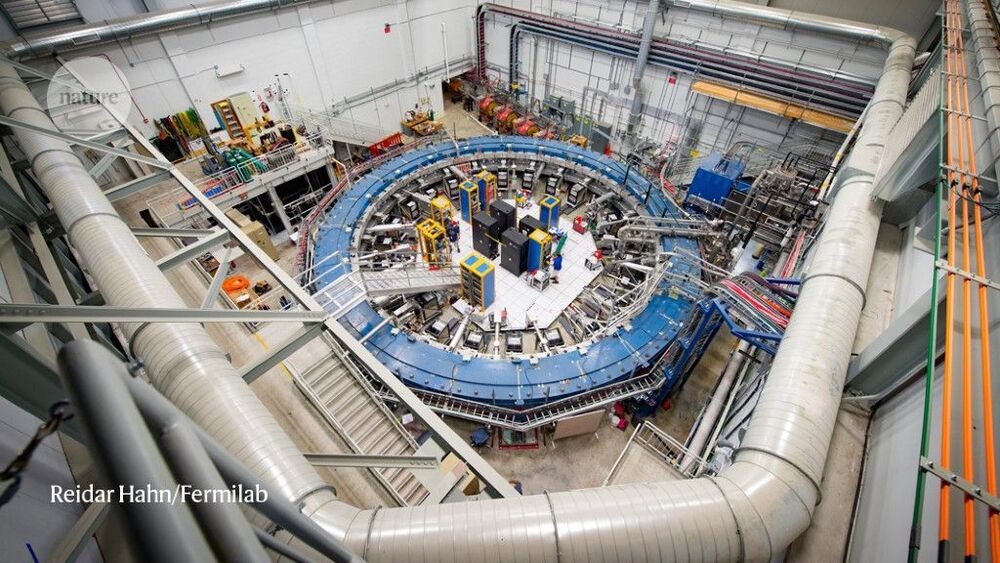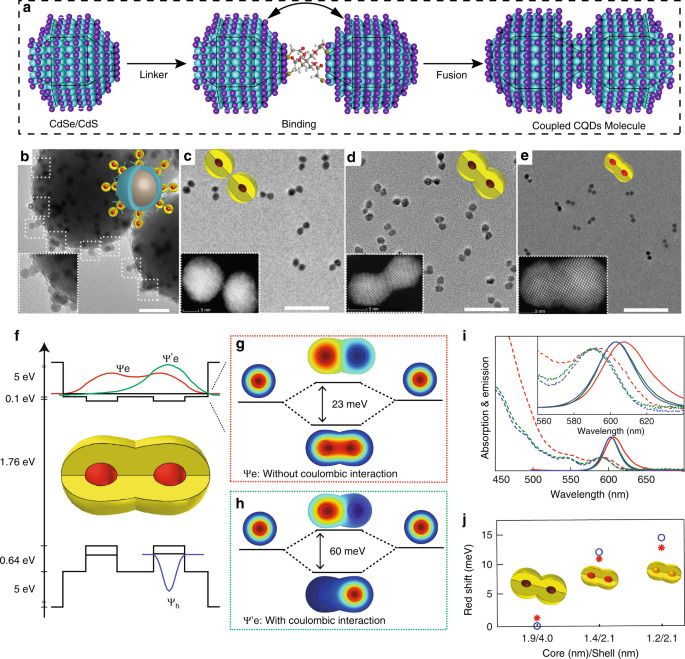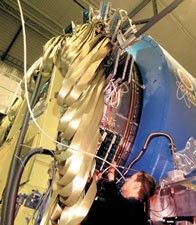Apr 1, 2021
Particles of a Meteor Explosion From 430,000 Years Ago Found Hidden in Antarctic Ice
Posted by Saúl Morales Rodriguéz in categories: asteroid/comet impacts, existential risks, particle physics
Approximately 430000 years ago, a meteorite exploded over Antarctica.
The only reason we know about it now is because scientists have just found tiny, once-molten particles of space rock that have been hidden away in the ice ever since.
Based on an analysis of those particles, the event was an unusual one — not quite powerful enough to produce an impact crater, but nor was it a lightweight. The jet of melted and vaporized material that blasted from the mid-air explosion would have been more hazardous than the Tunguska event that flattened a Siberian forest in 1908.
